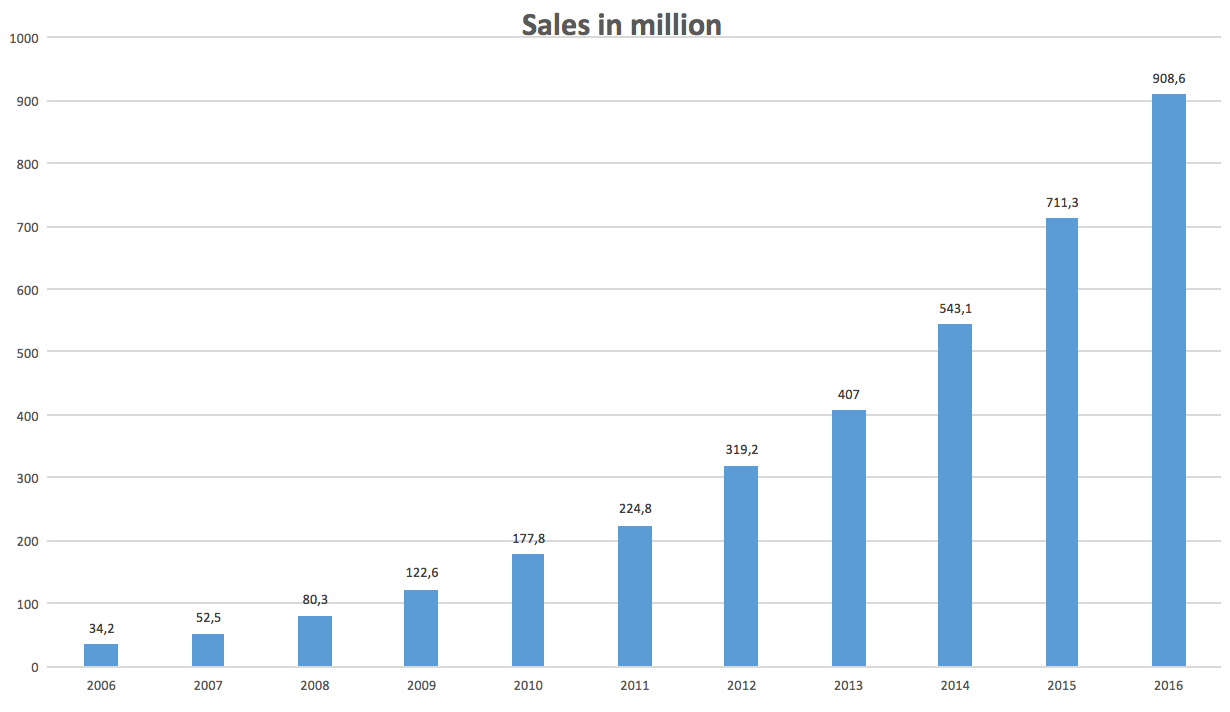Stocks You Can’t Buy
The always interesting Japanese stock blog (it’s written in English), Kenkyo Investing, has a post on a negative enterprise value stock called Hokuyaku Takeyama. The reason this stock is cheap is because it trades on the Sapporo Stock Exchange – not one of the more popular exchanges like Tokyo or Osaka. Very few stocks only trade on the Sapporo Stock Exchange. So, very few investors make the special effort to do business with a broker who will give them access to this exchange.
Watlington Waterworks (Bermuda Stock Exchange)
I wrote about a similar situation in March of 2011. That stock was called Watlington Waterworks. It’s a water company on the island of Bermuda. Because it’s on the island of Bermuda – a rich, densely populated remote island with no fresh water – the economics of Watlington Waterworks are generally superior to all other water companies around the world. And yet – in March of 2011 – the stock traded for lower multiples of earnings, book value, etc. than other water companies. In the 7 years since I wrote about Watlington Waterworks, the stock has risen in price by about 9% a year. It also paid a dividend. So, holders of the stock got 10%+ owning something that was a true diversifier in their portfolio (Watlington’s price doesn’t move based on how the Dow Jones, Nasdaq, or S&P 500 are doing). In fact, on many days, it doesn’t move. What’s more impressive is that Watlington returned more than 10% a year over 7 years while finishing that period with a P/E ratio less than 12, a price-to-book ratio less than 1, and a rock solid balance sheet.
Many stocks have returned more than 10% a year over the last 7 years. However, very few stocks that returned more than 10% a year now have a P/E under 12, a P/B under 1, and a solid balance sheet. Meanwhile, many companies that now have a P/E under 12 and a P/B under 1 have returned far worse than 10% a year over the last 7 years. In other words: Watlington is rare in the sense it combines a 7-year total return performance that has been adequate with a stock price that has always remained at an investment level rather than straying into speculative levels like most stocks. Basically, it’s been a decent “set it and forget it” investment. The business has never really performed badly. And the stock’s price has never really been anything but cheap.
Also worth mentioning is the way I presented Watlington Waterworks. I showed the company’s recent financial results on this blog – but didn’t give out the company’s name or business description. Readers then guessed where the stock traded. Back in 2011, almost everyone came up with a guess in the $20 to $30 price range. At the time, the stock traded at $14.
What Ben Graham Would Really Be Buying Today
These are the kinds of stocks you want to find …
Read more
